What would we see if we fell into a Black Hole?
Last updated: May 7, 2023
Black holes are areas in space with extremely strong gravity that can trap everything, including light.
One supermassive black hole is found in the center of the Milky Way galaxy.
Observing a black hole requires a spaceship and a spacesuit. The disk of matter around the black hole emits intense radiation and light that is dangerous without proper protection.
Inside a black hole, time and space behave differently, and objects are disconnected from the outside.
- Black holes are areas in space with intense gravity that capture everything, including light.
- A supermassive black hole named Sagittarius A* is in the center of the Milky Way galaxy.
- Observing a black hole requires a spaceship and a spacesuit to protect from intense radiation and light.
- Approaching the black hole, the disk of matter around it emits intense blue light and appears warped due to strong gravity.
- Inside a black hole, space-time is curved, and objects are disconnected from the outside.
- Crossing the horizon of a black hole means that signals can no longer reach outside.
- Falling into a black hole would cause spaghettification, where our body is stretched until it tears apart.
- The difference in pull between our feet and head would cause our body to quickly tear apart.
- A circle of light would intensify around us as we reach the center of the black hole.
- Modern physics cannot accurately explain what happens close to the center of a black hole.
- It is being questioned whether one could survive crossing the horizon.
- Our current theories can give us an idea of what we might see, but there are still many mysteries left to solve.
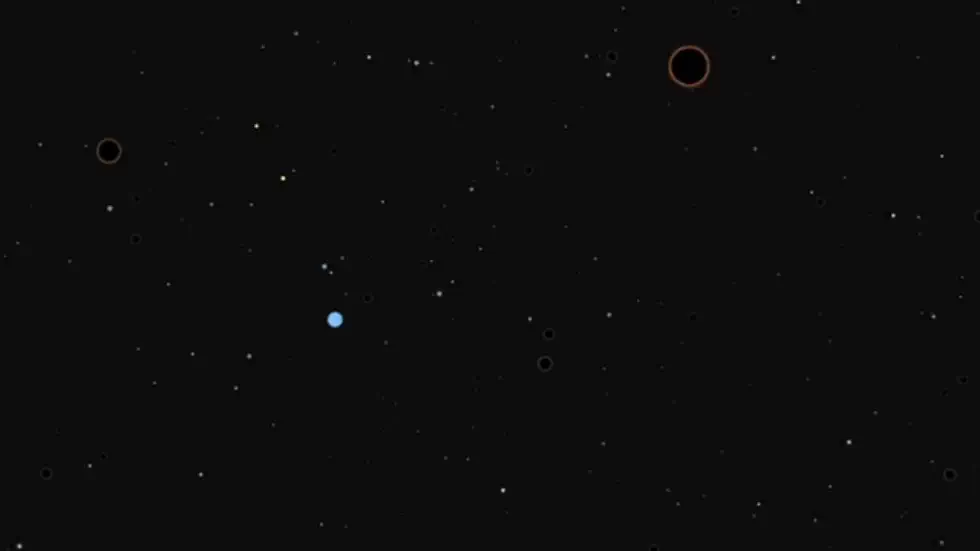
The Black Hole 00:14
- A black hole is a spherical region of the universe with intense gravity.
- It attracts objects, including light, which cannot escape.
- The surface of the bubble is called the horizon of the black hole.
- It divides the universe into two regions: the exterior and the interior.

Approaching the Black Hole 01:22
- Our galaxy, the Milky Way, hosts a supermassive black hole called Sagittarius A* in its core.
- Using a spaceship, we approach it at a reasonable distance.
- The spaceship remains stationed orbiting the black hole and witnessing our fall.
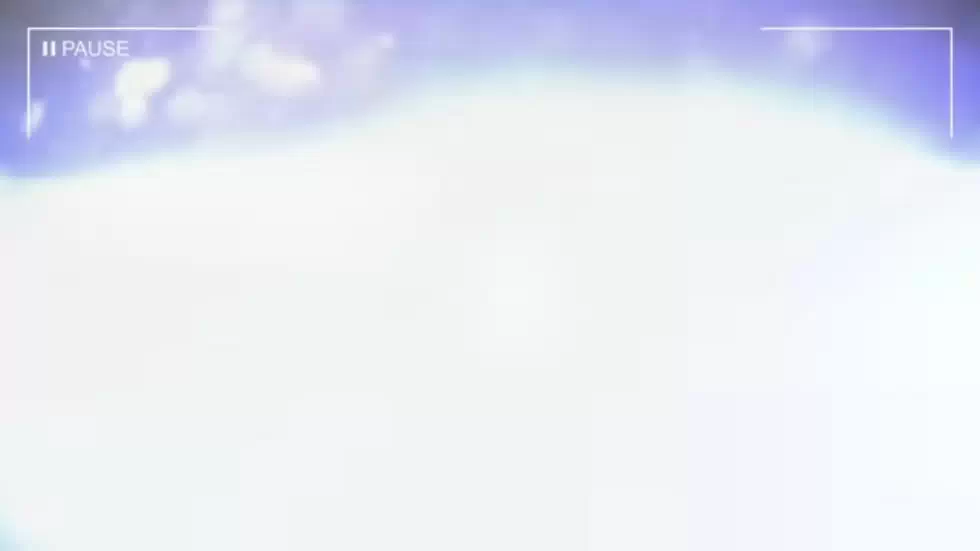
The Problem with the Black Hole 01:58
- The black hole is supermassive, with gravity millions of times greater than the sun.
- It captures stars and surrounding matter, forming a thick disk of plasma that orbits around it.
- The disk spins incredibly fast, almost at the speed of light, and loses energy by friction, causing turbulences that heat it up.
- It produces intense radiations, including light, ultraviolet, x-rays, and gamma rays, which can burn us alive and blind us instantly.
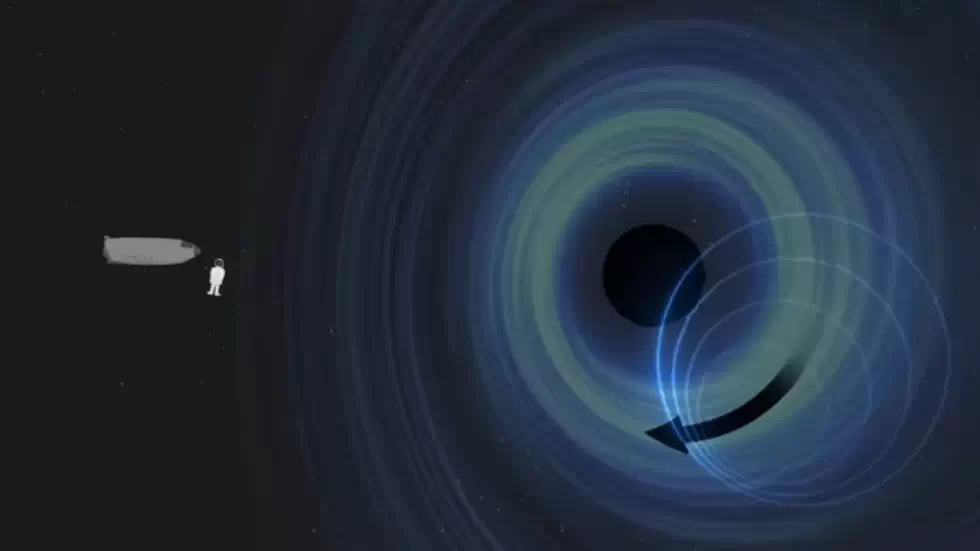
Equipped with Spacesuit 02:46
- We assume that we are equipped with an extremely resistant spacesuit that allows us to withstand the heat and filter out any harmful radiation.
Observing the Disk of Matter 02:58
- The disk appears extremely bright at first, and we can't distinguish anything.
- We imagine that our helmet has a visor that helps reduce the brightness of the disk so that we can observe it in detail and see the stars in the background.
- The disk emits more blue within the electromagnetic spectrum produced, and the visor filters everything but visible light that our eyes can see.
- The disc is blue because this color is more energetic.
- One side of the disk looks brighter than the other because of the doppler effect.
- The back of the disc appears warped as if it were folded around the horizon, forming a ring of light, due to the strong gravity of the black hole, which deflects light rays, acting like a gravitational lens.
- Looking in one direction, we observe objects that are actually located elsewhere.
- Finally, the stars in the background seem ever so slightly blue.
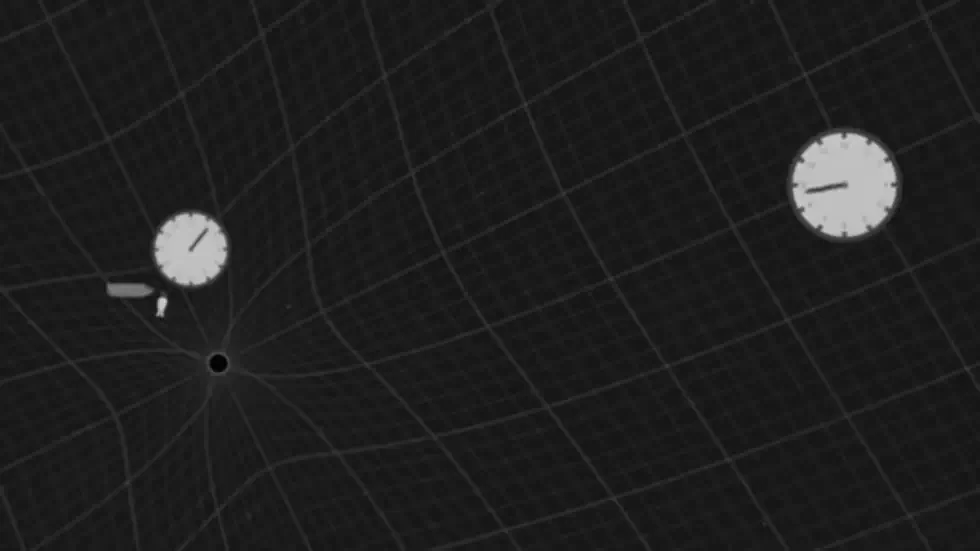
The Doppler Effect 04:10
- The doppler effect occurs when matter orbits very quickly, such that on one side, it approaches us at high speed, while on the other side, it moves away.
- On one side, the light waves get stacked together, and we receive them with greater frequency, while on the other side, light gets stretched, and we receive it with less energy.
- When falling towards the black hole, we catch up with the light in front of us, while the light behind us has more difficulty reaching us.
- This is called aberration.
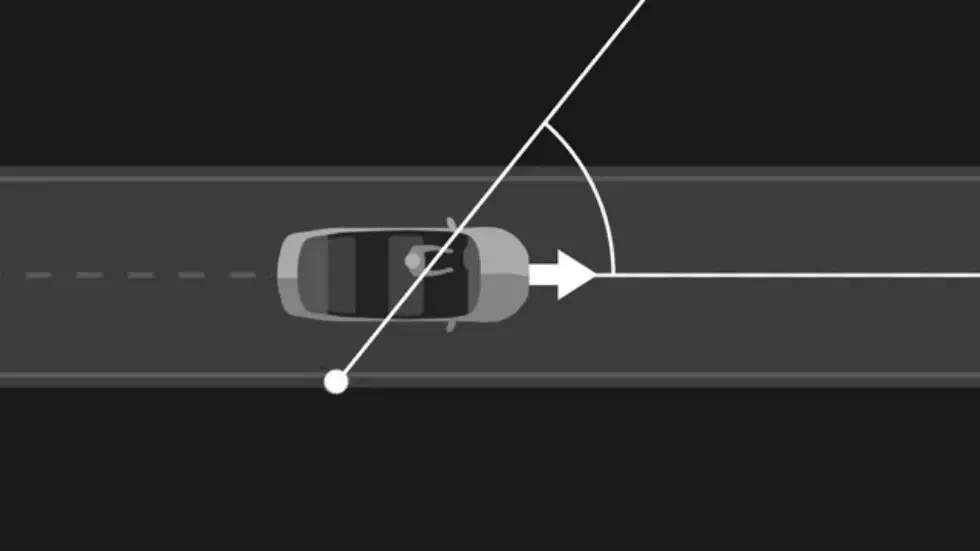
Falling towards the Black Hole 06:40
- After the first ten minutes, we are falling very quickly at four percent the speed of light.
- The black hole starts to grow in our field of view.
- We gradually descend towards the black hole, and our speed increases.
- We receive the light in front of us with an increasingly high intensity while the light behind us seems to get darker.
- We observe the ticking in slow motion compared to our clock, due to the doppler effect.
- Suddenly, after 57 minutes of falling, the disk seems to fade out.
- We have just reached the point beyond which matter can no longer orbit the black hole steadily due to its intense gravity.
- Any light coming from outside is destined to fall into the black hole, and this is called the photon sphere.
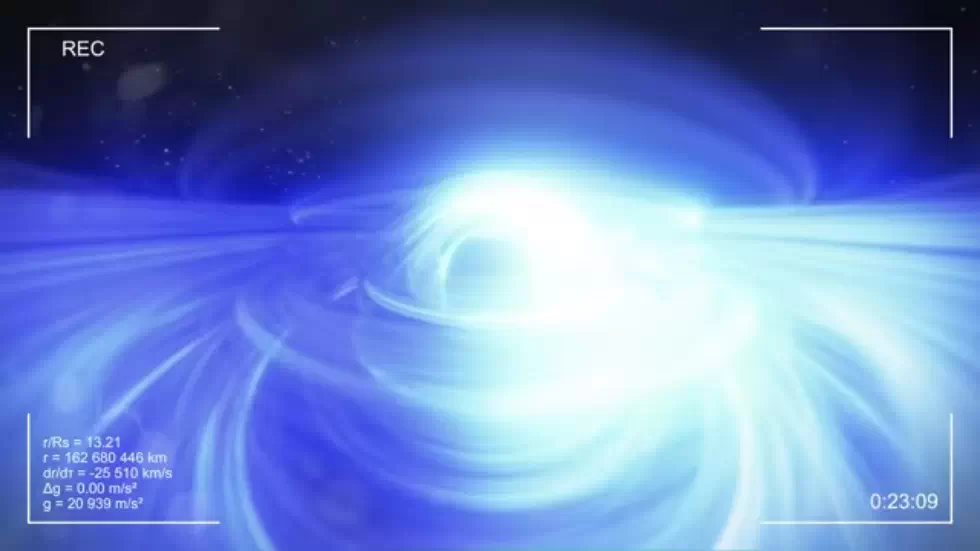
Inside the Black Hole 08:53
- As we approach the black hole, the passengers in the spaceship see our image fade gradually and slow down until freezing on the horizon.
- The light that we emit takes more and more time to escape the black hole, is received increasingly slowly and gradually fades away.
- The passengers will never see us cross the horizon.
- Just 24 seconds after crossing the photon sphere, it is time to reach the horizon.
- After this moment, it will be impossible for us to go back.
- It would be difficult to determine when exactly we crossed the horizon.
- We still receive the light of distant stars which falls with us.
- We can still see the spaceship in orbit in which the clock, even if it seems slowed down, is still ticking.
- We can still perfectly see our body and, in particular, our feet because even if all light is carried inwards, it can still move upwards relative to us and thus reach our eyes.
- On a global scale, space-time is curved by the black hole, and generates this horizon inside which objects are disconnected from the outside.
- At the local scale, space-time is almost flat, and the curvature is not noticeable, which means that everything behaves normally.
What we see inside the Black Hole 09:34
- Surprisingly, nothing special happens when we cross the horizon.
- It would be very difficult to determine when exactly we crossed the horizon.
- As opposed to what one might think, the image of a black hole does not appear to encompass us at all.
- Even if we are now inside the black hole, its image only takes up 15% of our field of view.
- The rest is still filled with stars.
- This is due to the phenomenon of aberration.
- Now that we move extremely fast, the light that arrives from the sides and even from behind seems to come from the front.
- Our field of view is contracted ahead of us and widened behind us.
- In particular, the spaceship behind us seems to grow larger, even though we move away from it.
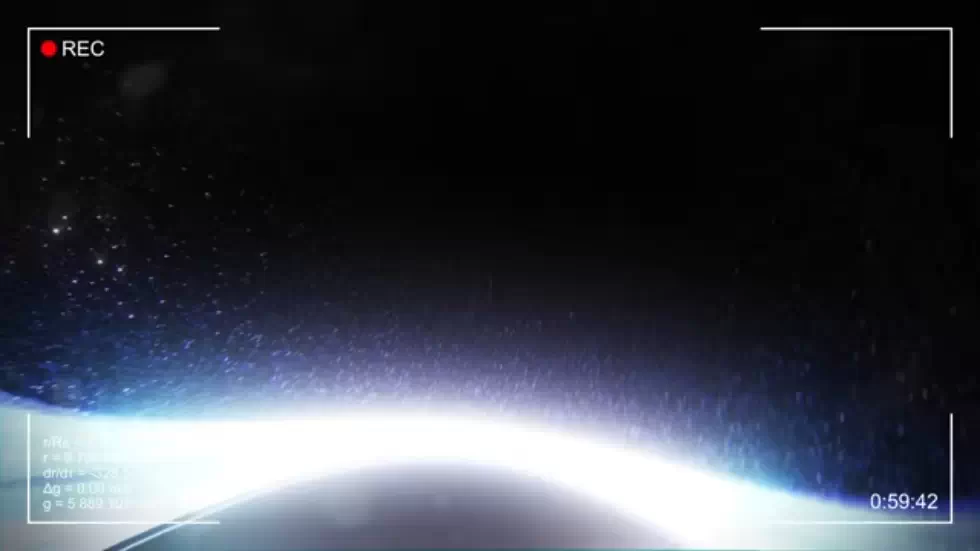
Crossing the horizon 11:33
- We have crossed the horizon, and nothing special has happened.
- However, from now on, if we try to send a signal to the outside, it will never reach its destination.
- Below the horizon, everything is destined to fall downwards with no hope of ever coming out.
- But for the moment, everything is fine.
Spaghettification 11:54
- Just 30 seconds before reaching the center of the black hole, we feel an incredibly powerful force that stretches us until dislocating our body.
- This is called spaghettification.
- Our head being further from the center than our feet, the difference in pull is such that our body is very quickly torn apart.
- In our very last moments, we have the impression of falling onto a flat surface, as if we were reaching the surface of an entirely black planet.
- While a circle of light intensifies all around us.
- A tenth of a second later, the shredded remains of our body reaches the center of the black hole.
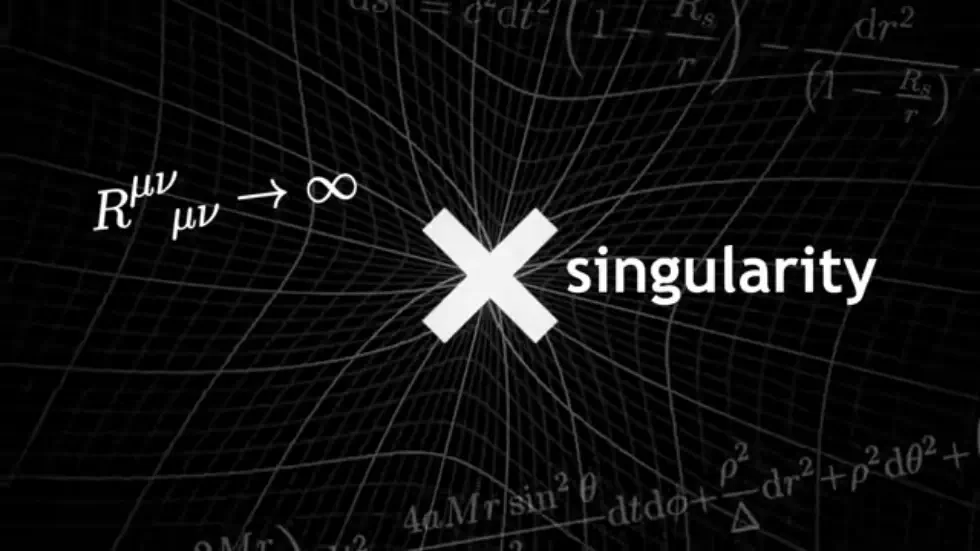
Theories and Mysteries 12:46
- Our journey ends here, for the moment.
- Modern physics cannot describe what happens this close to the center of a black hole.
- Our current theories describe singularities - points where the curvature of space-time becomes infinite.
- Scientists suspect that these singularities do not really exist.
- We would have to unify gravity with quantum physics if we wish to understand these extreme regions of the cosmos.
- For now, some hypotheses even question the fact that one could survive crossing the horizon.
- Moreover, in reality, black holes can have an angular momentum that generates strange effects with multiple horizons and mathematical instabilities whose consequences we do not yet understand.
- That said, our current theory still gives us a good idea of what we would see.
- There are, however, many mysteries left to solve, and we will have to wait until our theories are perfected to understand what truly happens at the heart of a real black hole.
